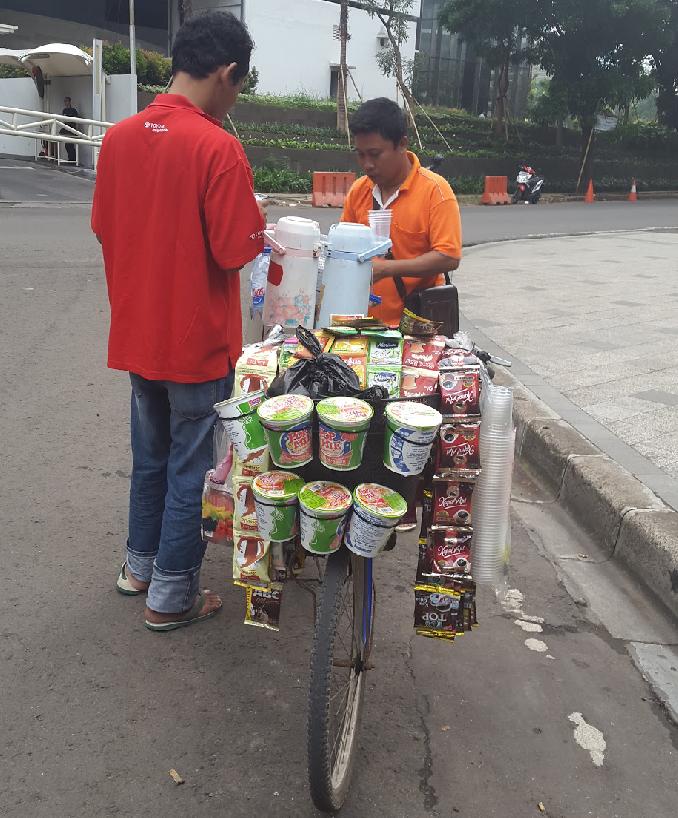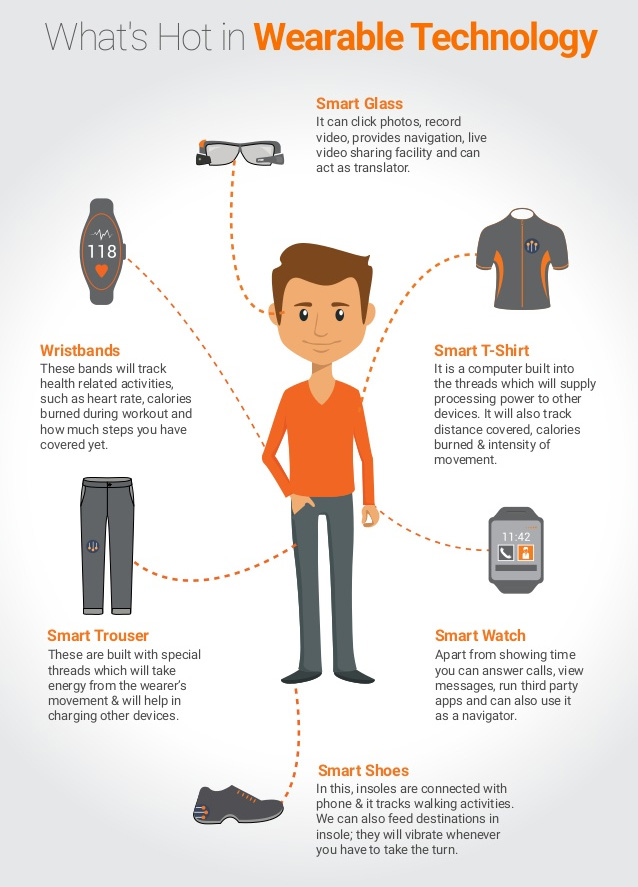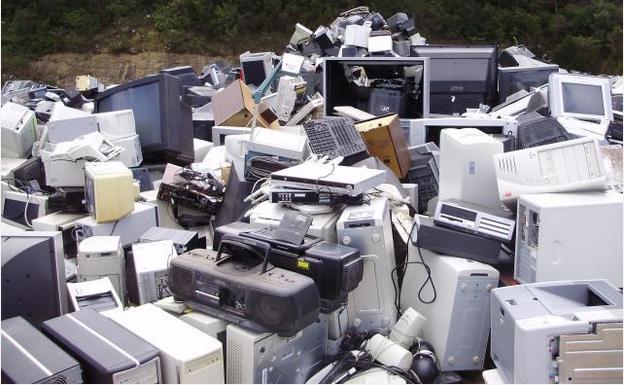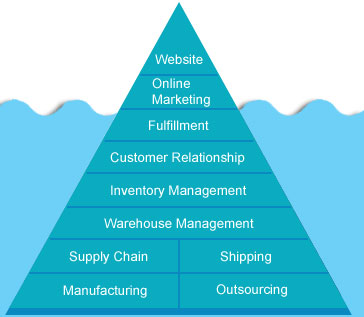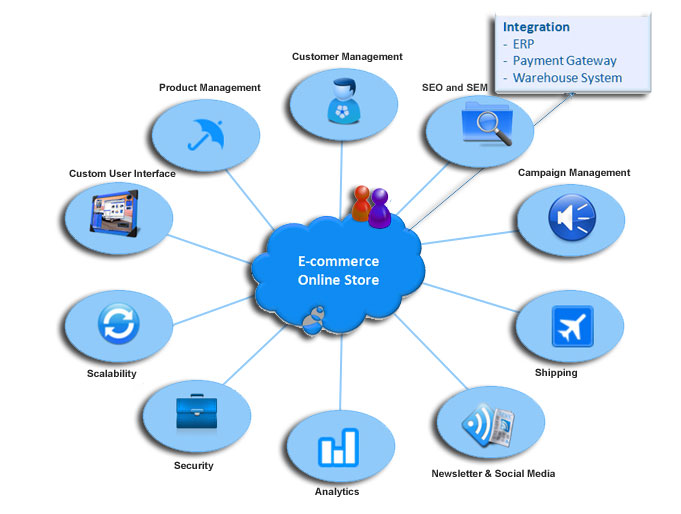There’s something magical about sarees—they are a source of pleasure and pride. Each saree in my collection tells a story, a piece of wearable art imbued with tradition, culture, and unparalleled craftsmanship. From the intricate ikats of Patola, hand painted Kalamkari, the precise resist-dyeing of Ajrakh, the shine of Banarsi (I could go on…), every handloom saree is a masterpiece. It embodies countless hours of labor, dedication, and skill of the weavers, transforming threads into six yards of pure elegance.
Wearing a saree is more than just donning an outfit. It’s a celebration of beauty, history, and artistry. The fabric’s texture, the vibrant hues, and the graceful way it drapes over the body make me feel most beautiful. It fascinates me that an unstitched piece of cloth can transform into an elegant garment that flatters every shape and size—a testament to its timeless versatility.
Yet, being a saree enthusiast comes with its quirks. With a collection, playing hide-and-seek with my sarees is almost a ritual. Sometimes, it’s the hunt for a particular saree; other times, it’s the elusive matching blouse that tests my patience. While sarees are wonderfully accommodating as “one size fits all,” their blouses often have a mischievous way of shrinking over the years. An ill-fitting blouse can compromise even the most exquisite drape, and as I age, comfort takes precedence over daring cuts. Sleeveless blouses, once a staple, have made way for those with short or long sleeves to graciously accommodate sagging arms.
Petticoats, thankfully, are less demanding. I remain loyal to sturdy cotton ones—simple, functional, and comfortable. The newer shapewear petticoats, though trendy, often feel restrictive and fall short in length for my liking. For someone who treasures the fluidity of a saree, I prefer no such constraints.
Despite these small challenges, my love for sarees has only deepened with time. Over the years, I’ve mastered the art of draping. With just five minutes and two trusty safety pins, I can wrap myself in elegance, ready to conquer the day. Office attire gets a creative twist when I pair sarees with crisp blouses, experimenting with unconventional styles that bring a fresh perspective to traditional wear. Paired with comfortable footwear, a saree becomes not just a statement of style but also a symbol of freedom and confidence.
Sarees are more than garments—they are an extension of who I am. Each drape reminds me of the stories woven into its threads and the heritage it represents. And as long as I can drape six yards around me, I’ll continue to celebrate their beauty, grace, and timeless appeal.




